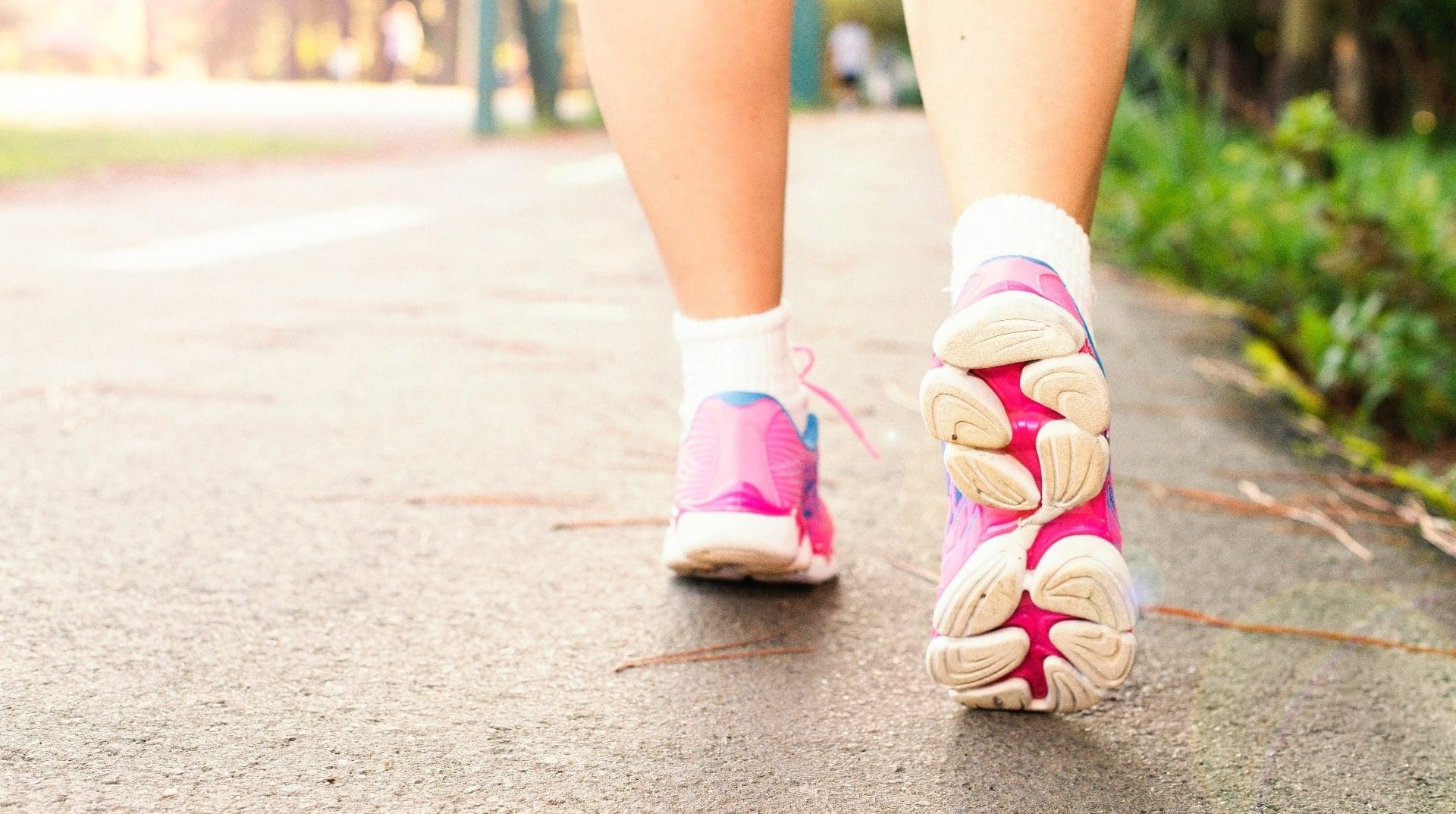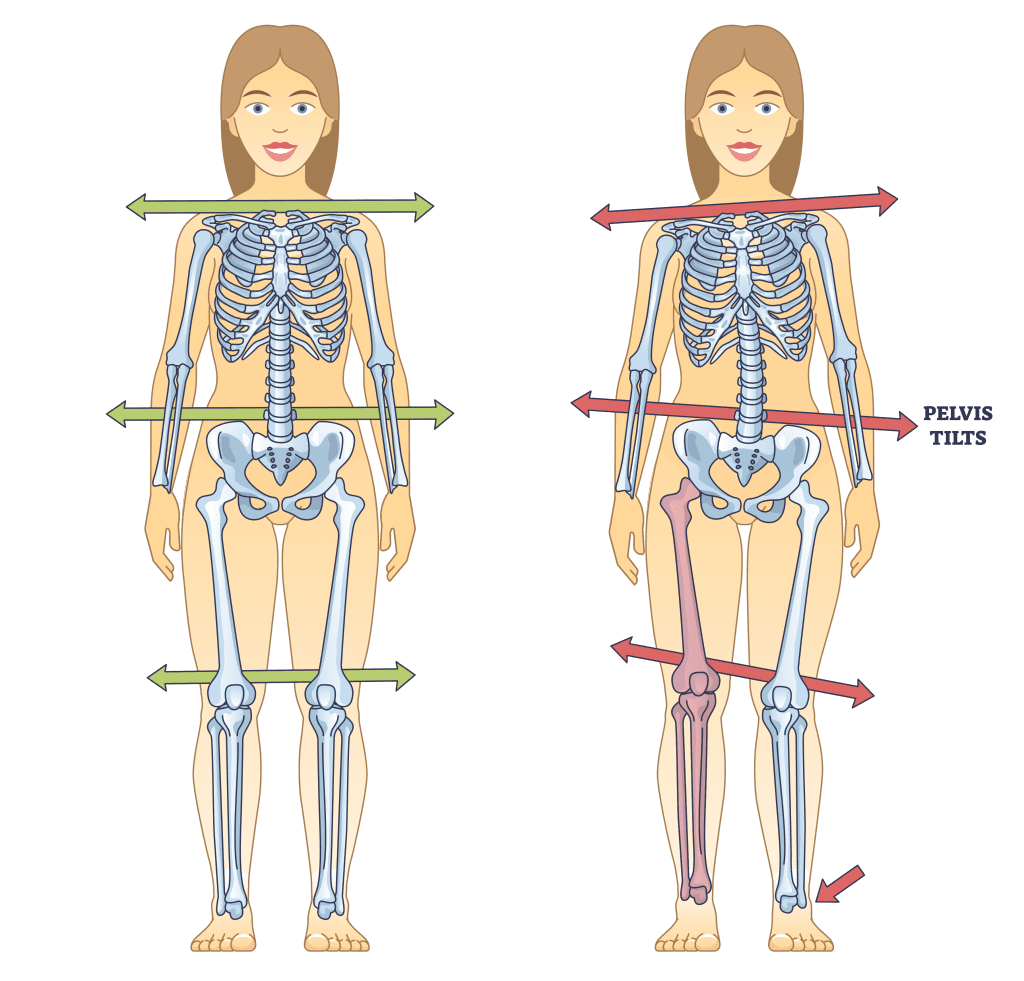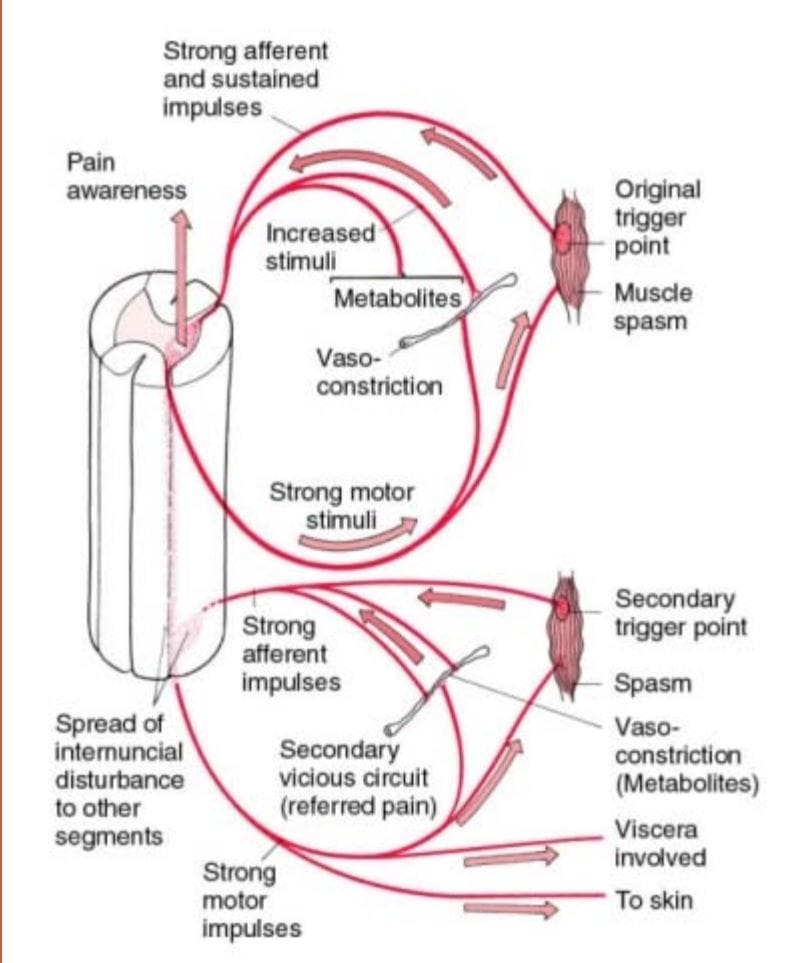Table of Contents
Introduction
How a person walks or their gait performance can determine how their body’s balance and stability are functioning. Since the body has many muscles, ligaments, and tissues in the musculoskeletal system protecting the spine and the vital organs that work together to maintain proper functionality when a person is in motion; however, the body can succumb to numerous issues that can affect a person’s gait performance and cause the upper and lower extremities to develop myofascial trigger points in the muscle fibers. When these issues begin to cause dysfunction in the body, it can lead to many disorders associated with gait disturbances. Today we will focus on how to approach gait disturbances, how trigger points affect gait performances, and how treatment techniques like MET can help. We provide information about our patients to certified medical providers that offer available therapy techniques like MET (muscle energy techniques) for individuals dealing with gait disturbances associated with trigger points that correlate to how a person walks. We encourage each patient appropriately by referring them to our associated medical providers based on their diagnosis results. We accept that education is a spectacular way when asking our providers the most crucial questions at the patient’s acknowledgment. Dr. Alex Jimenez, D.C., assesses this information as an educational service. Disclaimer
How To Approach Gait Disturbances?
Have you been dealing with mobility issues when walking? How about feeling stiffness in your hips or lower body extremities? Or have you experienced headaches or neck pain? Many of these issues are associated with gait disturbances that can affect your ability to walk. When it comes to gait disturbances, studies reveal that underlying systemic disorders or other environmental factors could trigger the prevalence of gait disturbances. Regarding gait disturbances, it is important to know that as the body ages, it can cause issues to the musculoskeletal system naturally, and environmental factors can further affect the central nervous system to cause gait disturbances. Additional studies have mentioned that gait disorders in the elderly could potentially lead to various issues that affect a person’s quality of life. When approaching gait disturbances, many doctors will examine to see the causes of these gait disturbances that correlate with the musculoskeletal system. It could be:
- Orthopedic problems
- Neurological conditions
- Musculoskeletal disturbances
- Metabolic disturbances
Many of these issues can cause the lower half of the body to shift the skeletal joints, leading to tight, stiff muscles and developing tiny hard nodules in the muscle fibers that can further affect gait performance.
How Do Trigger Points Affect Gait Performances
So how can these tiny hard nodules affect gait performance in the body? These small hard nodules are trigger points and often correlate with overlapping risk profiles associated with musculoskeletal disorders. “Clinical Application of Neuromuscular Techniques,” written by Leon Chaitow, N.D., D.O, and Judith Walker DeLany, L.M.T., mentioned that various additional causes and maintaining factors may be associated with dysfunctional patterns that correlate with trigger point involvement. The book also says that different influences affecting the muscles can increase trigger point activity while inducing influences from acute or chronic soft tissue dysfunction. Research studies reveal that myofascial pain syndrome is a collection of sensory, motor, and autonomic symptoms that correlate with musculoskeletal symptoms like local/referred pain, decreased range of motion, and muscle weakness. When trigger points are causing problems in the muscle fibers, it can affect a person’s gait performance and cause them to lose function when walking.
Balance Issues Associated With Myofascial Trigger Points-Video
Have you been dealing with balancing issues when walking? Do your muscles feel tight in certain areas? Or do constant headaches or neck pain affect your day? The video above explains what can cause balancing issues that affect gait performance and cause numerous symptoms like headaches and neck pain. Many balance issues are associated with myofascial trigger points affecting your gait performance. Myofascial trigger points can overlap risk profiles that can affect the muscle fibers in the body. Many correlating factors can affect a person’s gait performance, leading to musculoskeletal disorders related to trigger points. When musculoskeletal disorders are correlated with myofascial trigger points, it can decrease a person’s health and wellness if not treated early on. Fortunately, some treatments incorporate techniques to reduce muscle and joint pain while alleviating symptoms associated with myofascial trigger points.
How The MET Technques Helps With Gait Performance & Trigger Points
When a person is dealing with imbalances affecting their gait performance and having overlapping risk profiles associated with trigger points, treatment techniques can help improve their gait while reducing pain-like symptoms. Many pain specialists will use the MET technique (muscle energy technique) to help stretch affected muscles that are stiff and help regain mobility back to the body. Therapies like chiropractic care utilize this technique combined with spinal manipulation to help realign the body while loosening up stiff muscles affecting gait performance. When a person continues treatment care to regain mobility, it allows them to be aware of how they walk and carry themselves without pain.
Conclusion
How a person walks is how their balance and stability function in different environments. A person’s gait performance has to maintain the functionality that allows the various muscles, ligaments, and tissues in the musculoskeletal system to move. When environmental factors or musculoskeletal disorders affect the different muscles, it can cause overlapping issues that affect gait performance. To that point, it leads to stiffness and pain associated with trigger points. Luckily techniques like the MET combined with chiropractic care can help realign the body and loosen up stiff muscles and joints to regain mobility back to the body and help improve overall gait performance.
References
Chaitow, Leon, and Judith Walker DeLany. Clinical Application of Neuromuscular Techniques. Churchill Livingstone, 2002.
Jafri, M Saleet. “Mechanisms of Myofascial Pain.” International Scholarly Research Notices, U.S. National Library of Medicine, 2014, www.ncbi.nlm.nih.gov/pmc/articles/PMC4285362/.
Marshall, Frederick J. “Approach to the Elderly Patient with Gait Disturbance.” Neurology. Clinical Practice, U.S. National Library of Medicine, June 2012, www.ncbi.nlm.nih.gov/pmc/articles/PMC3613197/.
Pirker, Walter, and Regina Katzenschlager. “Gait Disorders in Adults and the Elderly : A Clinical Guide.” Wiener Klinische Wochenschrift, U.S. National Library of Medicine, Feb. 2017, www.ncbi.nlm.nih.gov/pmc/articles/PMC5318488/.
Disclaimer
Post Disclaimer
Professional Scope of Practice *
The information herein on "The MET Technique On Myofascial Trigger Points & Gait Performance" is not intended to replace a one-on-one relationship with a qualified health care professional or licensed physician and is not medical advice. We encourage you to make healthcare decisions based on your research and partnership with a qualified healthcare professional.
Blog Information & Scope Discussions
Welcome to El Paso's Wellness blog, where Dr. Alex Jimenez, DC, FNP-C, a board-certified Family Practice Nurse Practitioner (FNP-C) and Chiropractor (DC), presents insights on how our team is dedicated to holistic healing and personalized care. Our practice aligns with evidence-based treatment protocols inspired by integrative medicine principles, similar to those found on dralexjimenez.com, focusing on restoring health naturally for patients of all ages.
Our areas of chiropractic practice include Wellness & Nutrition, Chronic Pain, Personal Injury, Auto Accident Care, Work Injuries, Back Injury, Low Back Pain, Neck Pain, Migraine Headaches, Sports Injuries, Severe Sciatica, Scoliosis, Complex Herniated Discs, Fibromyalgia, Chronic Pain, Complex Injuries, Stress Management, Functional Medicine Treatments, and in-scope care protocols.
Our information scope is limited to chiropractic, musculoskeletal, physical medicine, wellness, contributing etiological viscerosomatic disturbances within clinical presentations, associated somato-visceral reflex clinical dynamics, subluxation complexes, sensitive health issues, and functional medicine articles, topics, and discussions.
We provide and present clinical collaboration with specialists from various disciplines. Each specialist is governed by their professional scope of practice and their jurisdiction of licensure. We use functional health & wellness protocols to treat and support care for the injuries or disorders of the musculoskeletal system.
Our videos, posts, topics, subjects, and insights cover clinical matters, issues, and topics that relate to and directly or indirectly support our clinical scope of practice.*
Our office has reasonably attempted to provide supportive citations and has identified the relevant research studies or studies supporting our posts. We provide copies of supporting research studies available to regulatory boards and the public upon request.
We understand that we cover matters that require an additional explanation of how they may assist in a particular care plan or treatment protocol; therefore, to discuss the subject matter above further, please feel free to ask Dr. Alex Jimenez, DC, APRN, FNP-BC, or contact us at 915-850-0900.
We are here to help you and your family.
Blessings
Dr. Alex Jimenez DC, MSACP, APRN, FNP-BC*, CCST, IFMCP, CFMP, ATN
email: coach@elpasofunctionalmedicine.com
Licensed as a Doctor of Chiropractic (DC) in Texas & New Mexico*
Texas DC License # TX5807
New Mexico DC License # NM-DC2182
Licensed as a Registered Nurse (RN*) in Texas & Multistate
Texas RN License # 1191402
ANCC FNP-BC: Board Certified Nurse Practitioner*
Compact Status: Multi-State License: Authorized to Practice in 40 States*
Graduate with Honors: ICHS: MSN-FNP (Family Nurse Practitioner Program)
Degree Granted. Master's in Family Practice MSN Diploma (Cum Laude)
Dr. Alex Jimenez, DC, APRN, FNP-BC*, CFMP, IFMCP, ATN, CCST
My Digital Business Card




